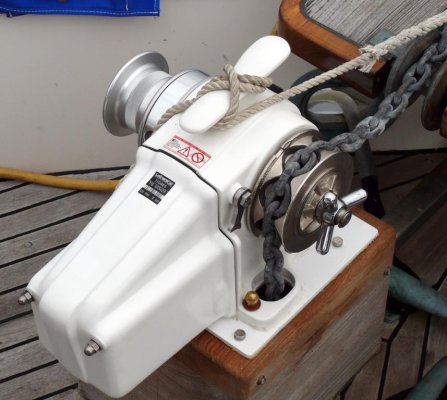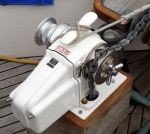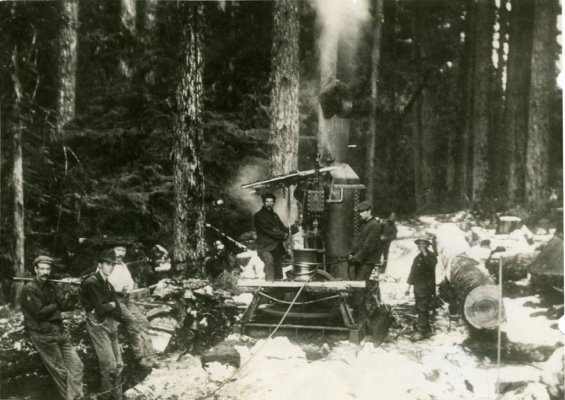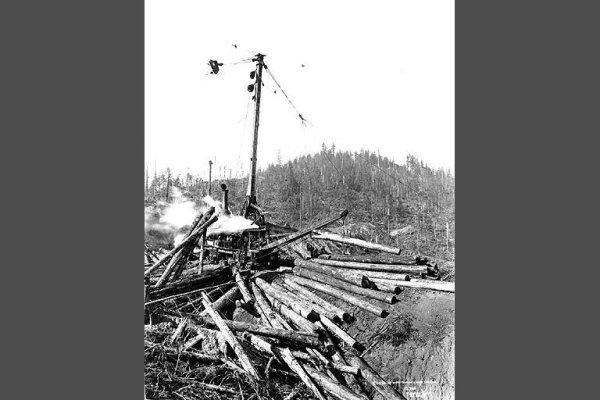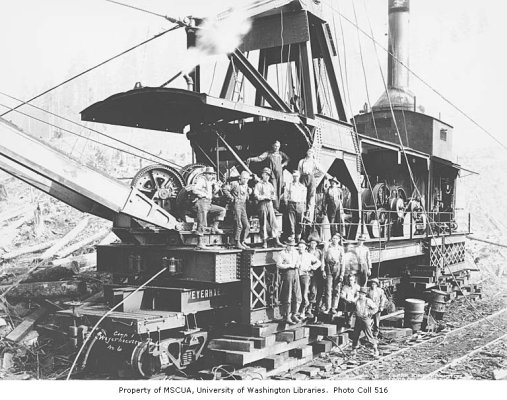nomadwilly wrote:
1.Speaking of learning something Marin did you look up that stuff in Chapman's?
2. Nobody uses "chainwheel" (I wish they did) but I consider "wildcat" basically slang and I do'nt see any confusion that may result from using wildcat or gypsy for the chainwheel at least here on TF. As to the line (never rope on a boat) handling smooth drum on winches windlass's or capstans ....I cannot call them gypsies. According to your post the chain OR line handling "head" should be called the gypsy.
*1.* Chapmans?* Are you kidding?* I think Chapmans probably says something like "A windlass is the the doohickey on the front*of *the boat that pulls up the anchor rope" and leaves it at that.

* As I've said before, I gave up on Chapmans pretty*much after I looked through it*the first time after we bought one*because the information was way too basic for what I wanted to know.* I've never opened it again.
2. Actually, I've heard a lot of people use "chainwheel."* I usually use "wildcat" but if I think the person I'm talking to won't know what that is I use "chainwheel."* They always understand that.
As the definition says, "gypsy" is what they call the chainwheel in England.* "Wildcat" is what it's called in the US.* It's not slang, although it's origin indicates it started out that way.* It's now the legitimate,*correct name for the chainwheel*(in this country).* Like I said, look it up*on Google and you'll find even windlass manufadturers use the term "wildcat."* Some of them I found*play it safe and say "chainwheel wildcat."* Or "wildcat gypsy" or "gypsy wildcat."
A "gypsy" is a rotating drum on a winch or windlass.* What the definition I quoted calls a "warping head."* I've never heard the term "gypsy" used (exept by you and one or two other people) to describe a wildcat/chainwheel.* If I was talking to someone in England I would expect (now that I've seen an accurate definition) to hear the chainwheel referred to as a "gypsy."* But not in this country.
Like I said, you can call the components what you like.* But know that when you say "gypsy," the chances are the person you are talking to--- assuming they know anythning at all*about winches,windlasses, and capstans---will think you are talking about the smooth drum aka warping head, like the gypsy on the port side of the windlass on our boat, not the chainwheel.
Could lead to some confusion on the part of the listener.
In the overall scheme of things this is all pretty small potatoes.* But since a big chunk of what I do is write, making sure the reader (or*the viewer in the case of a film/video) *understands what I write is pretty important to me.* So I tend to put more emphasis on using correct terminology that perhaps other people do.
-- Edited by Marin on Friday 13th of January 2012 01:36:20 PM
